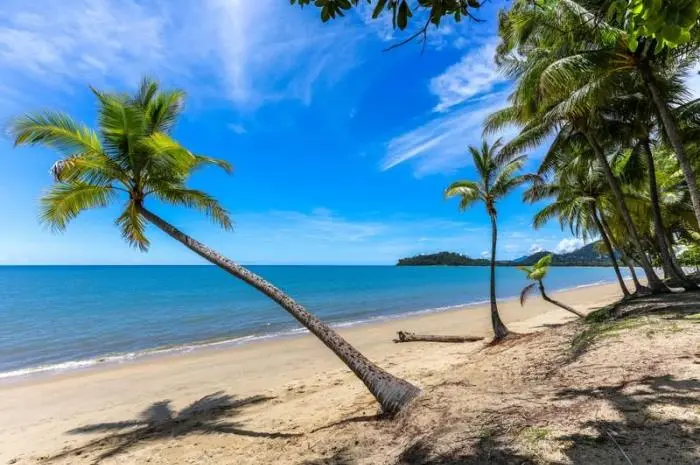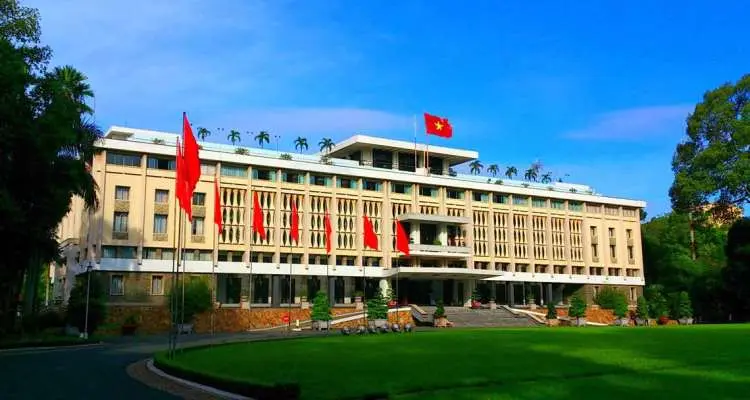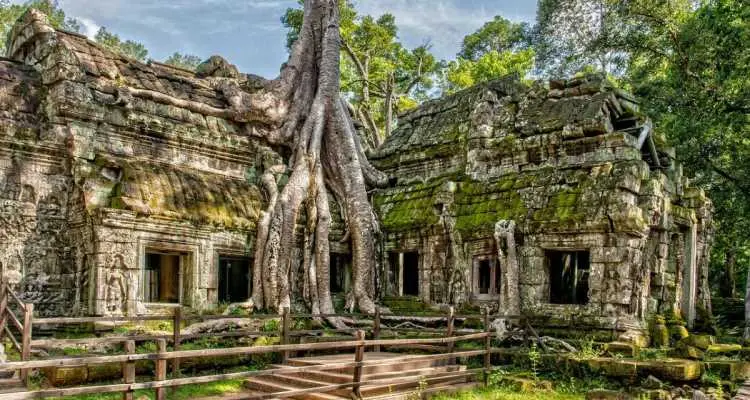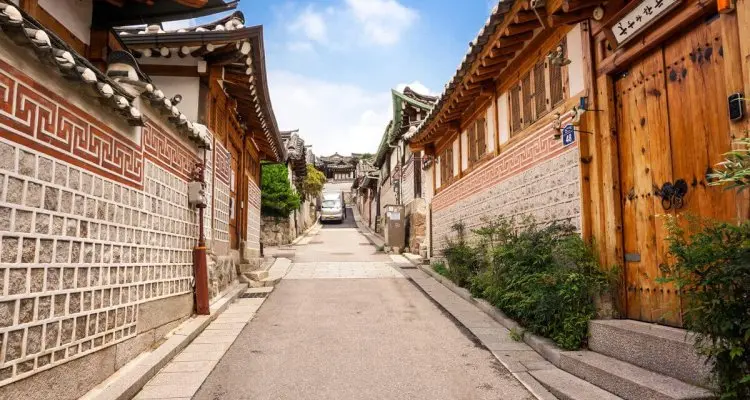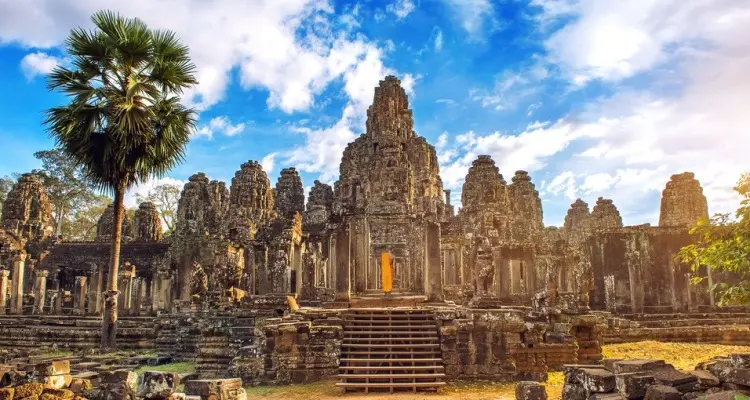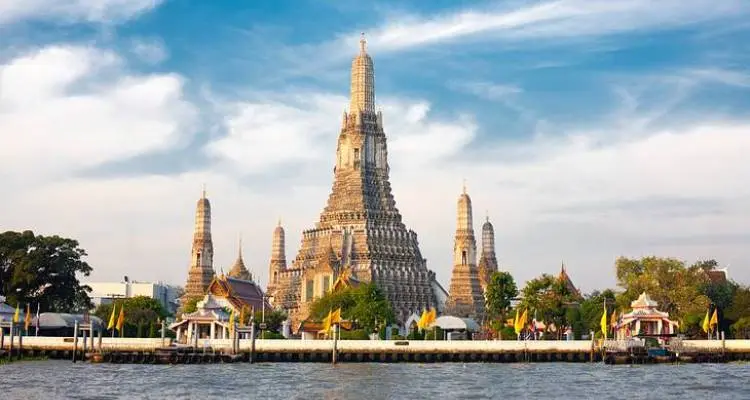My Son Sanctuary, Vietnam: An Odyssey into Ancient Civilization
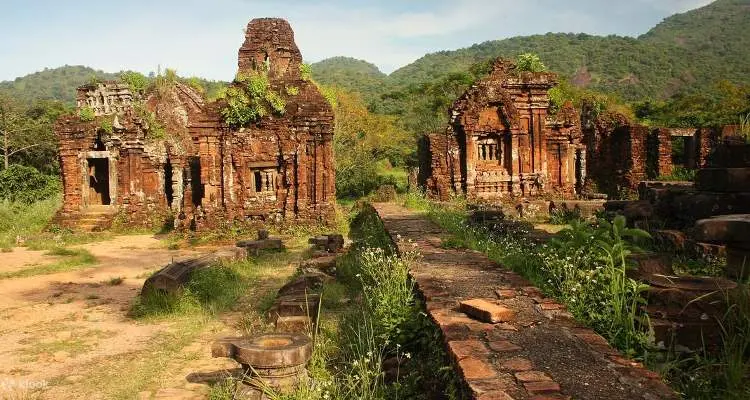
Nestled in the heart of Vietnam, My Son Sanctuary is a treasure trove of the region’s historical and cultural heritage. Often compared to the famous temples of Angkor in Cambodia, My Son was a significant spiritual and political site of the ancient Champa Kingdom.
This article endeavors to provide a comprehensive overview of My Son, exploring its historical backdrop, compelling reasons to visit, its geographic location and the best route to get there, the most suitable time to visit, and the key attractions that await visitors.
The Historical Canvas of My Son Sanctuary
My Son Sanctuary, a UNESCO World Heritage site since 1999, holds a wealth of history from the ancient Champa civilization. The sanctuary was established between the 4th and 13th centuries as a place of worship dedicated to Hindu divinities, particularly Shiva, who was considered the protector of the Champa kings.
My Son was the religious and political capital of the Champa Kingdom and served as a burial place for Champa royalty. The temples reflect a strong influence of the Indian spiritual and architectural tradition.
The site was rediscovered in the late 19th century by French scholars. Unfortunately, it suffered significant damage during the Vietnam War, but restoration work has been undertaken to preserve this unique historical site.
Why Visit My Son Sanctuary
My Son Sanctuary offers an intriguing insight into the ancient Champa civilization’s cultural and architectural legacy. It is a visual narration of the civilization’s progression over several centuries. The sanctuary, with its collection of tower-temples nestled amidst mountains and lush jungle, presents a picturesque and serene atmosphere that captivates visitors.
The monuments, although partly ruined, still convey the artistic skill and creativity of the Cham artisans. Visitors can observe the intricate carvings depicting Hindu mythology, scenes of royal life, and symbolic animals. Additionally, visiting My Son not only provides historical insights but also supports ongoing preservation efforts.
Location and Route
My Son Sanctuary is located in the Quang Nam province, approximately 40 kilometers west of Hoi An and about 70 kilometers southwest of Da Nang. To get to My Son, you can hire a car, motorbike, or opt for a bicycle if you’re in for a scenic journey from Hoi An.
However, for a more enriching and hassle-free experience, consider joining a guided tour from Hoi An or Da Nang. Most tours include round-trip transportation, an experienced guide, and often lunch.
When to Visit
My Son Sanctuary is open to visitors year-round. However, given the tropical monsoon climate in this part of Vietnam, it’s worth considering the weather when planning your visit. The dry season, which runs from February to April, is considered the best time to visit as the weather is pleasant and less humid.
If you’re looking to avoid the crowd, plan to arrive early in the morning when the site opens. Not only will you enjoy a quieter exploration of the ruins, but you’ll also have a chance to witness a captivating sunrise over the ancient city.
What to See
My Son Sanctuary boasts around 70 historic structures divided into several groups, each named after the letters of the alphabet. The primary temple clusters to explore are groups B, C, and D.
Group B, the main temple, is dedicated to Shiva. Despite being partially ruined, it showcases exquisite sandstone carvings. Group C consists of six towers featuring impressive architectural design and inscriptions. Group D is home to one of the oldest structures at the site.
In addition to the temple clusters, the My Son museum located near the entrance offers fascinating insights into the Champa culture and the sanctuary’s history. Exhibits include sculptures, artifacts, and information about the restoration process.
In conclusion, a trip to My Son Sanctuary is an unforgettable journey into Vietnam’s ancient history. As you walk through the ruins, you are stepping back in time, immersing yourself in a civilization that flourished centuries ago, while appreciating the natural beauty of the surrounding landscape.

